During these events, men would take the stage and exhibit their ensembles with choreographed movements, drawing attention to the craftsmanship and elegance of their outfits. These amateur competitions were judged based on two key criteria: style and attitude. The best-dressed participant would often receive a cash prize collected from fellow participants or, on occasion, a goat.
Swenkas are more than just well-dressed men, they are symbols of creative resistance and aspirational identity. Their legacy represents how fashion can be used not only to uplift the self, but also to challenge societal norms, create community, and preserve dignity in the face of adversity.
IsiZulu Translation:
Kulolu cwaningo lweqoqo le-Ntwasahlobo/Ihlobo ‘26, sihlola futhi siphinde sicubungule ukunyakaza kwamasiko aphansi oSwenka. Leli yithimba lamadoda amaZulu, ikakhulukazi abasebenzi abafudukayo abavela emiphakathini esezingeni eliphansi eGoli, elasebenzisa imfashini njengendlela yokugcina isithunzi, ukuzihlonipha nokudala ukuzigqaja.
Oswenka, baqala phakathi nawo-1900, bathuthukisa indlela ehlukile yokuziveza ehlanganisa imfashini, ukunyakaza komzimba okucwangcisiwe kanye nokuncintisana okunempilo, okuwumphumela wemvelo wokuphila ngaphansi kwezimo zokucindezelwa uhulumeni wobandlululo. Igama loSwenka lisuselwa esiNgisini elithi swank, okusho ukubonisa ubuhle, impumelelo noma ingcebo ngendlela evelele.
Ngaphandle kwezimo ezinzima zokusebenza, ukuhlukaniswa nemindeni isikhathi eside kanye nokungalingani kwezomnotho, oSwenka babelondoloza izimiso zokuzihlonipha, ukuhlanzeka, ukuziphatha okuhle kanye nobumbano. Ukuncintisana kwabo, okwenzeka kakhulu ngeMigqibelo ntambhama, kwakuhlanganisa ukugqoka amasudi asikiwe kahle, amaningi awo egqugquzelwe isitayela saseYurophu, ahambisana nezigqoko zothuli, izicathulo zesikhumba ezicwebezelisiwe kanye nezinhlobonhlobo zezisekeli zokuhlobisa.
Umqhudelwano wawuhlolwa ikakhulukazi ezintweni ezimbili: isitayela nesimilo. Owayegqoke kahle kakhulu wayevame ukuthola umklomelo wemali owaqoqwa kwabanye ababambiqhaza, noma ngezinye izikhathi, imbuzi.
Ngakho-ke, oSwenka abazange babe wukuziveza kwemfashini kuphela, kodwa baba izimpawu zokuqamba okusha, ukumelana ngokobuciko kanye nokwakha ubunikazi obuphakeme. Ifa labo lifakazela ukuthi imfashini ingaba yithuluzi lokuqinisa ukuzethemba, ukuhlasela izimiso zomphakathi ezingalungile, kanye nokudala umphakathi ohambisana nobumbano nobungcweti.
Creative Direction: Samkelo Boyde Xaba
Art Direction: Dineo Ramothwala
Art Coordinator: Tatenda Chidora
Film Direction: Simba Takaedza
Photography: Lerato Ntiso
Producer: Hlengiwe Mkwayi
Cinematographer/DOP: Wesley Takaedza
Assistant Camera: Tshepiso Sekhitla
Gaffer & Lighting: Phillip Martome
MUA: Bongiwe
Set Assistant: Minenhle Swelihle, Thando Nombida
Cast: Demashel, Aaron, Nelson
Press release courtesy of BOYDE



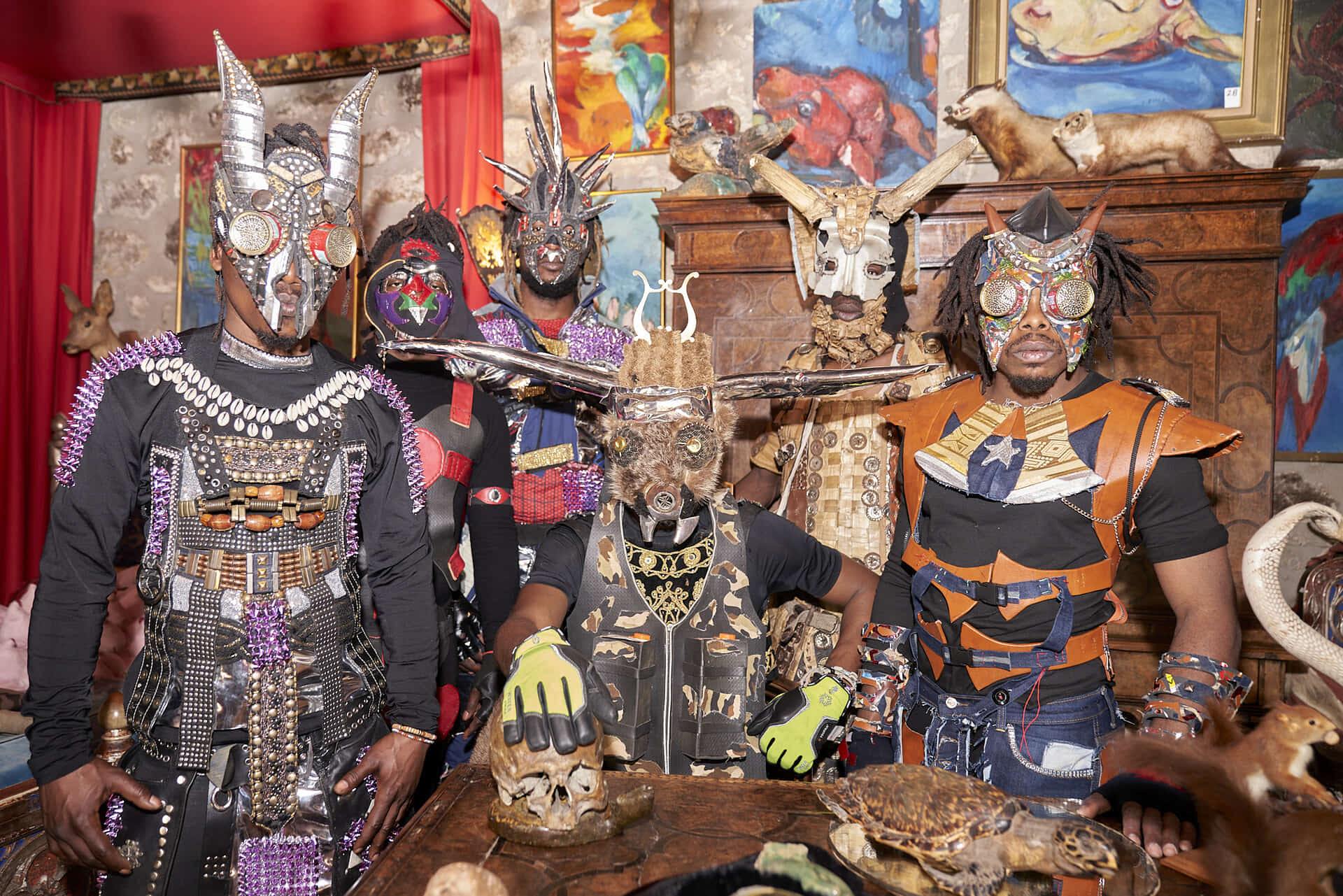


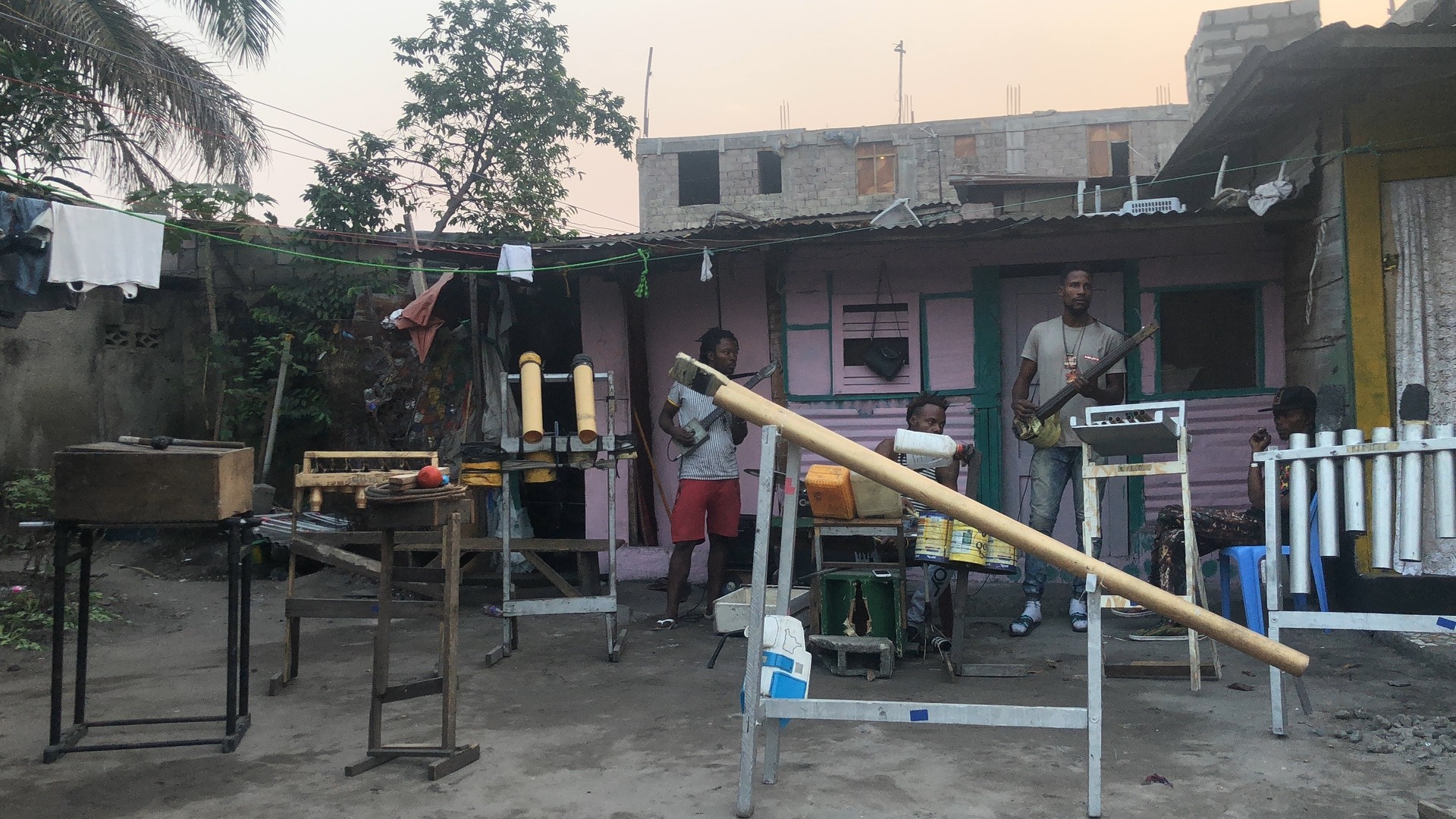
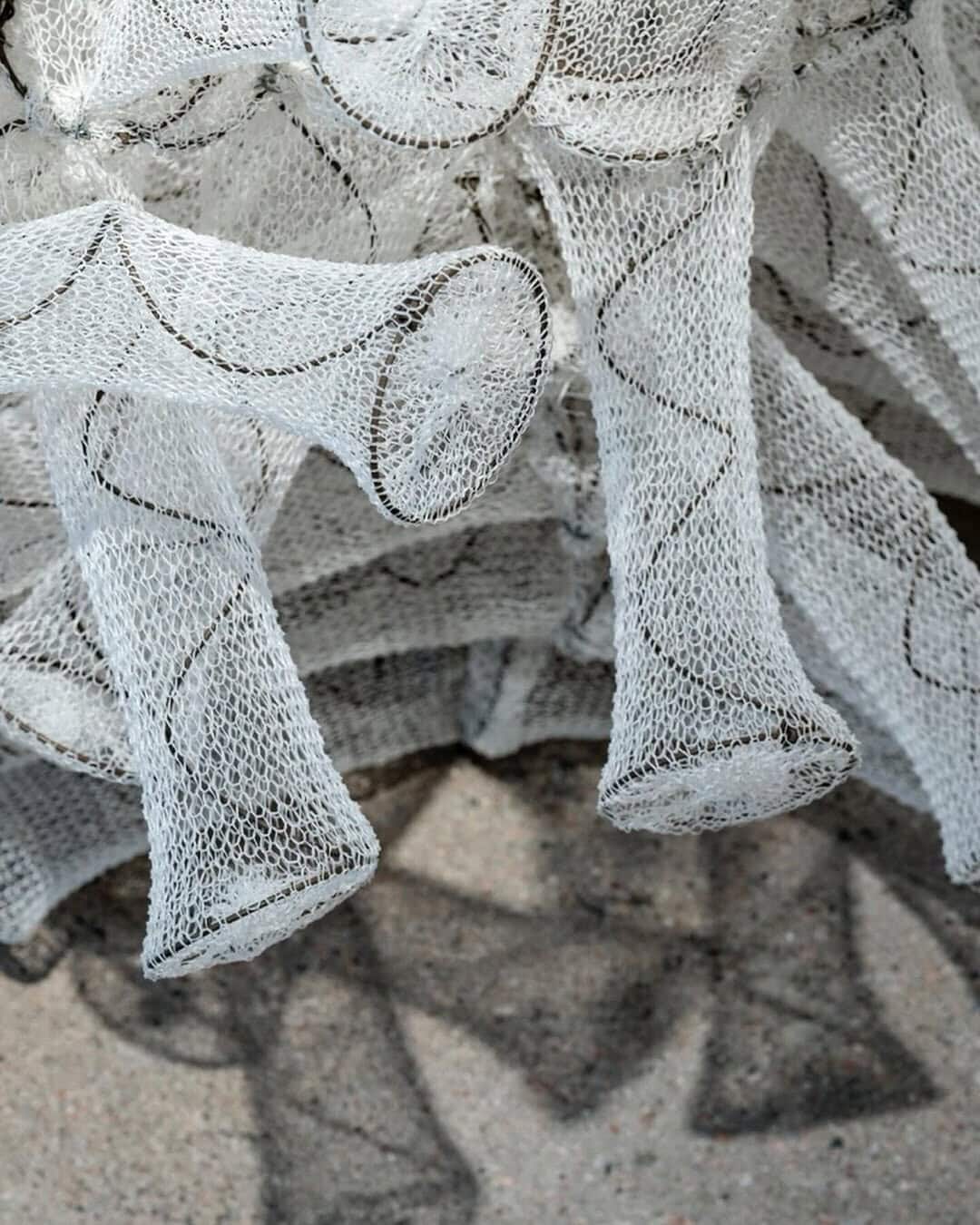
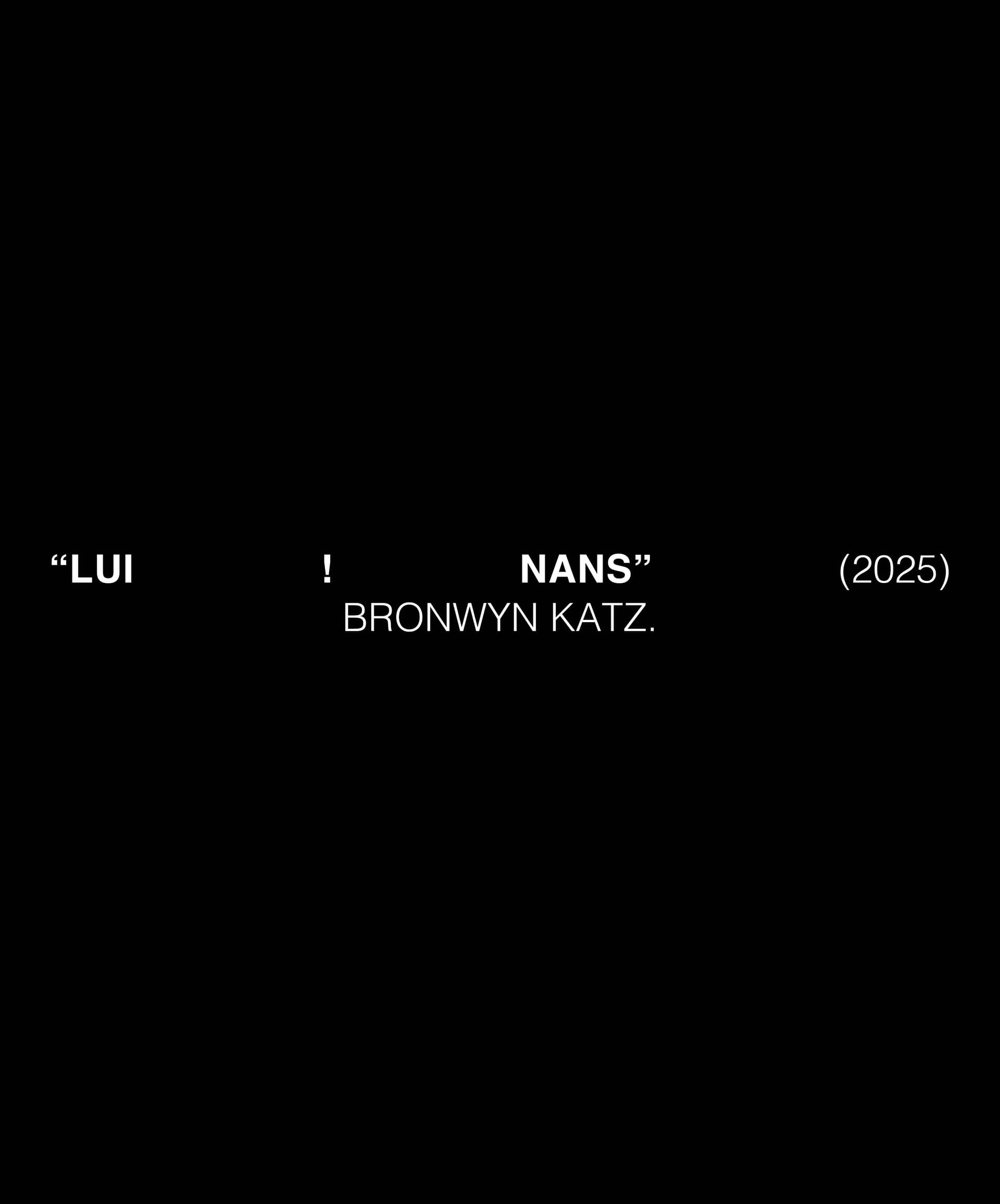
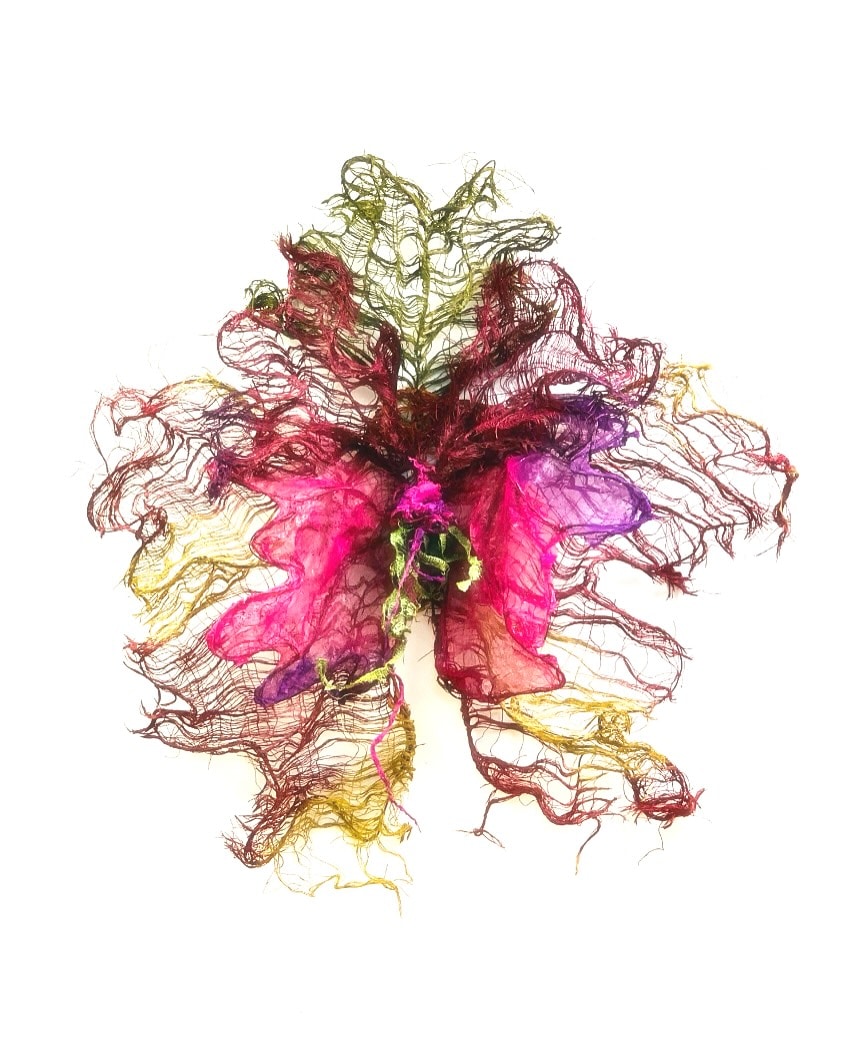
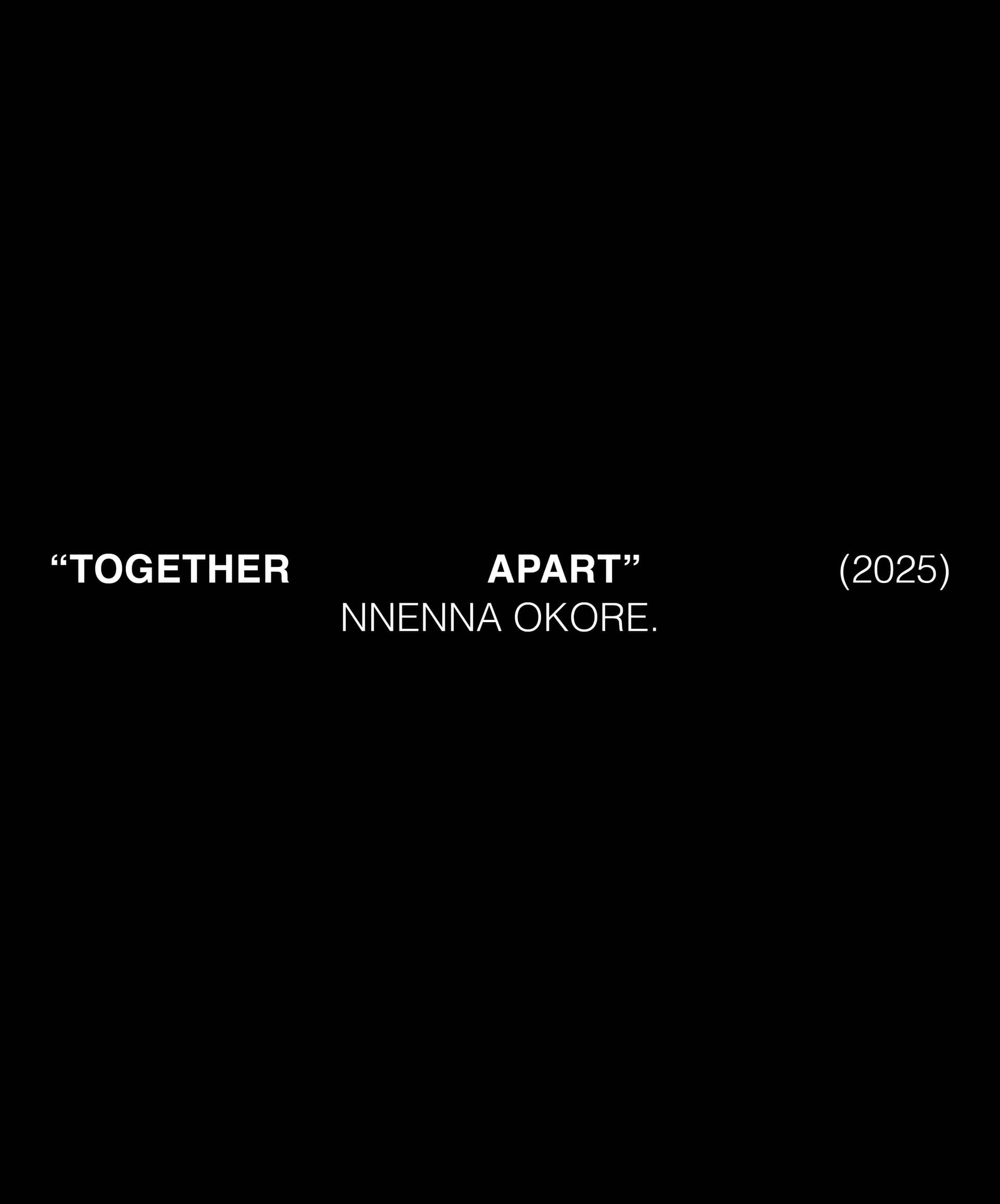

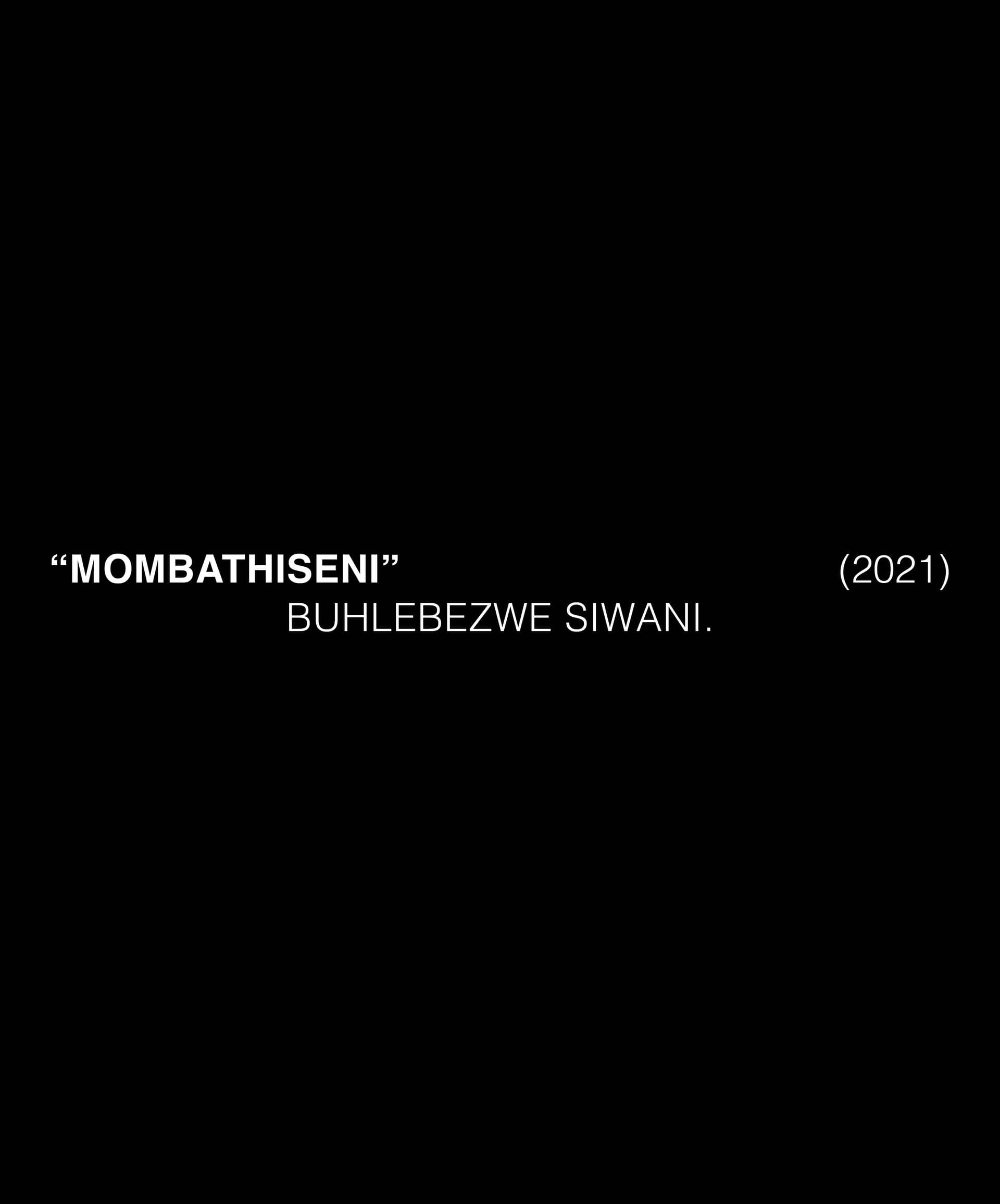
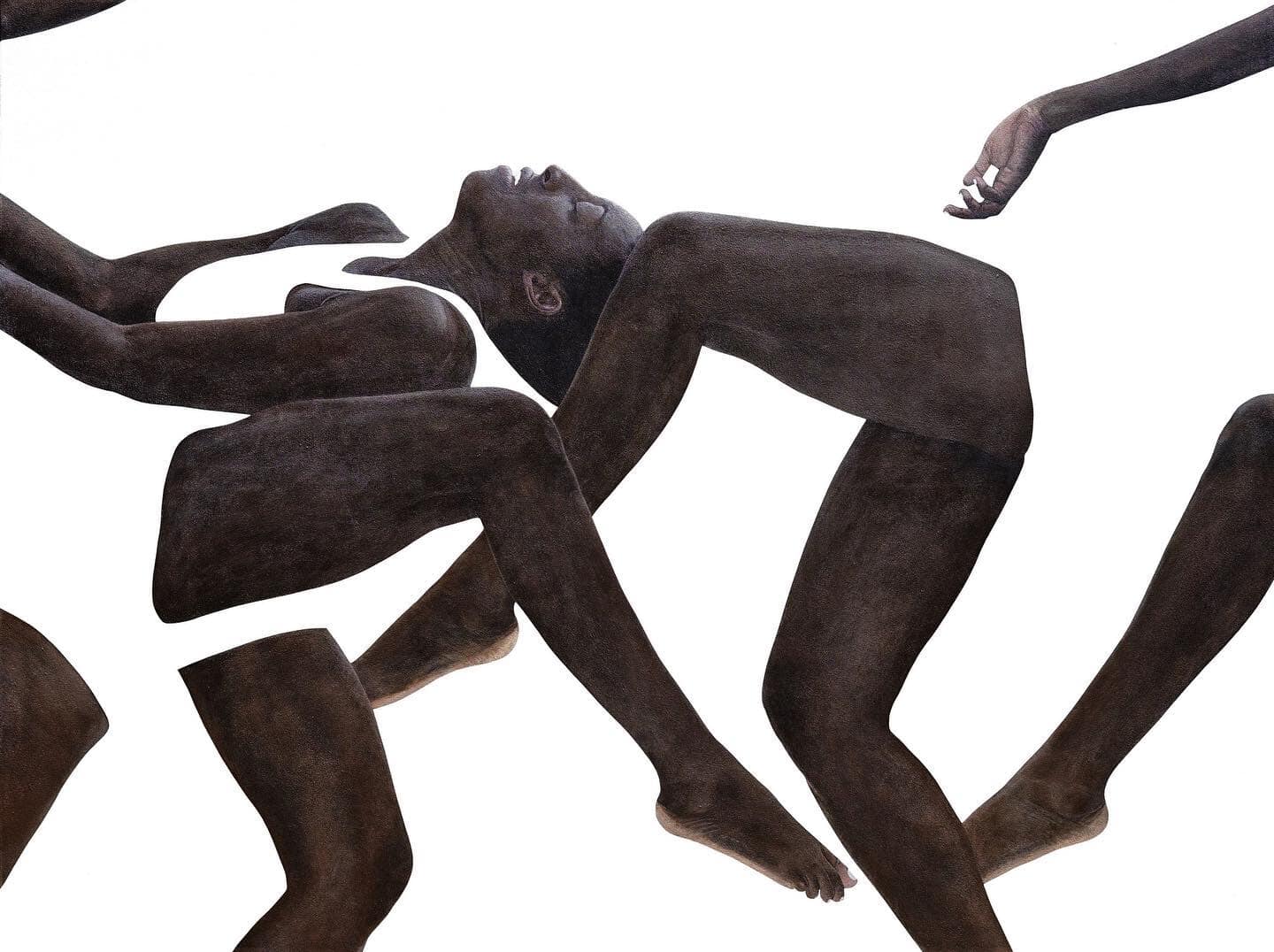
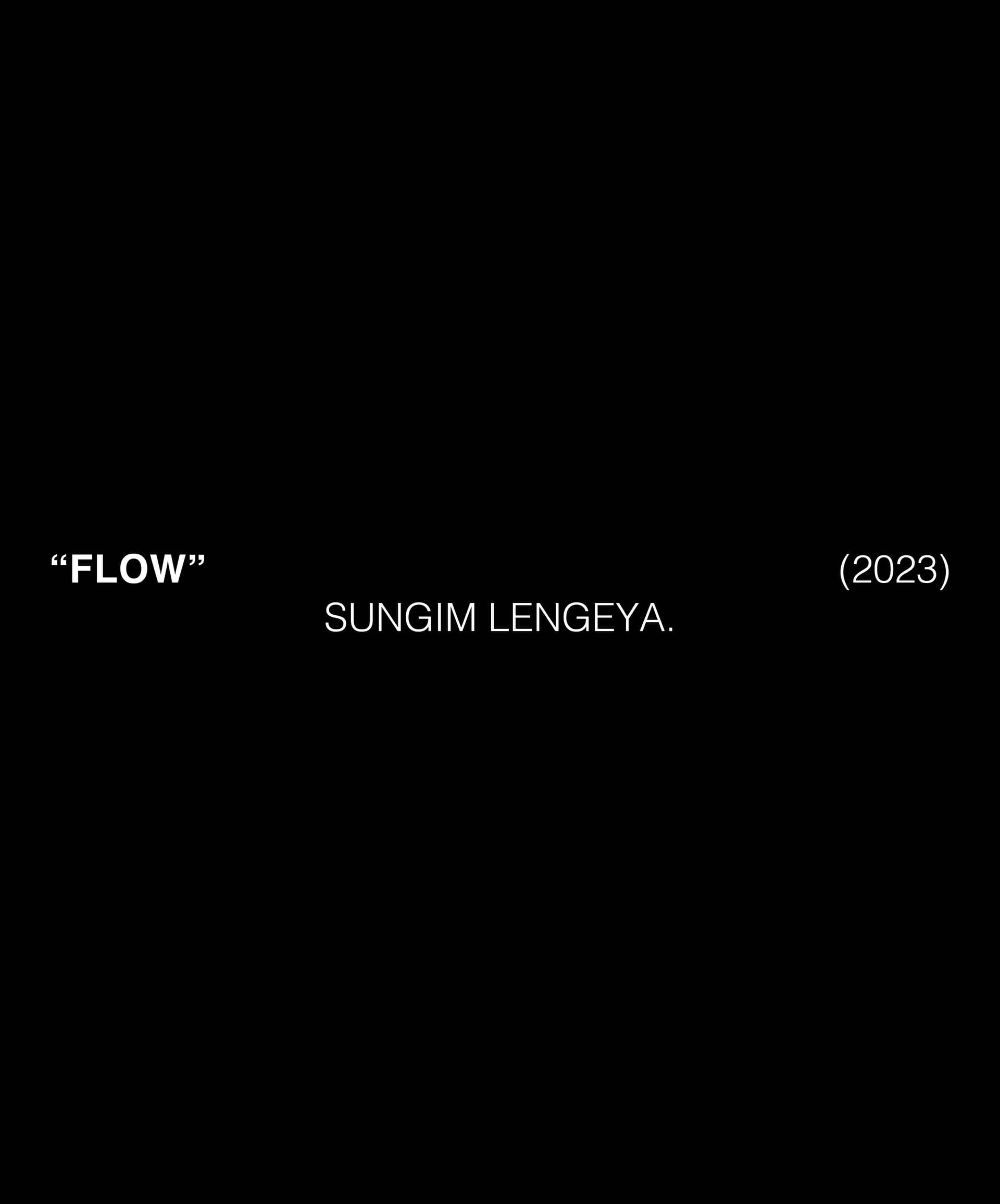
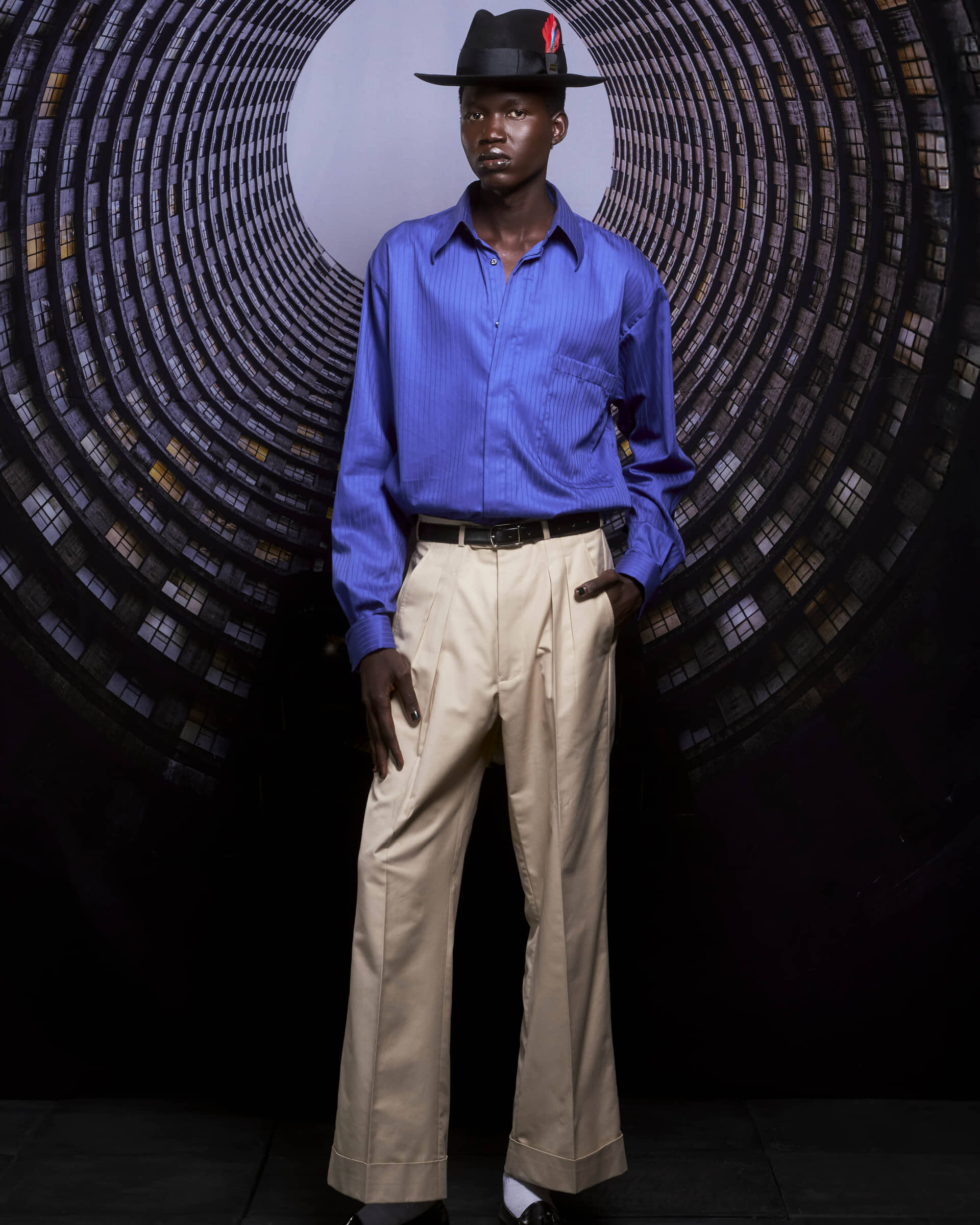
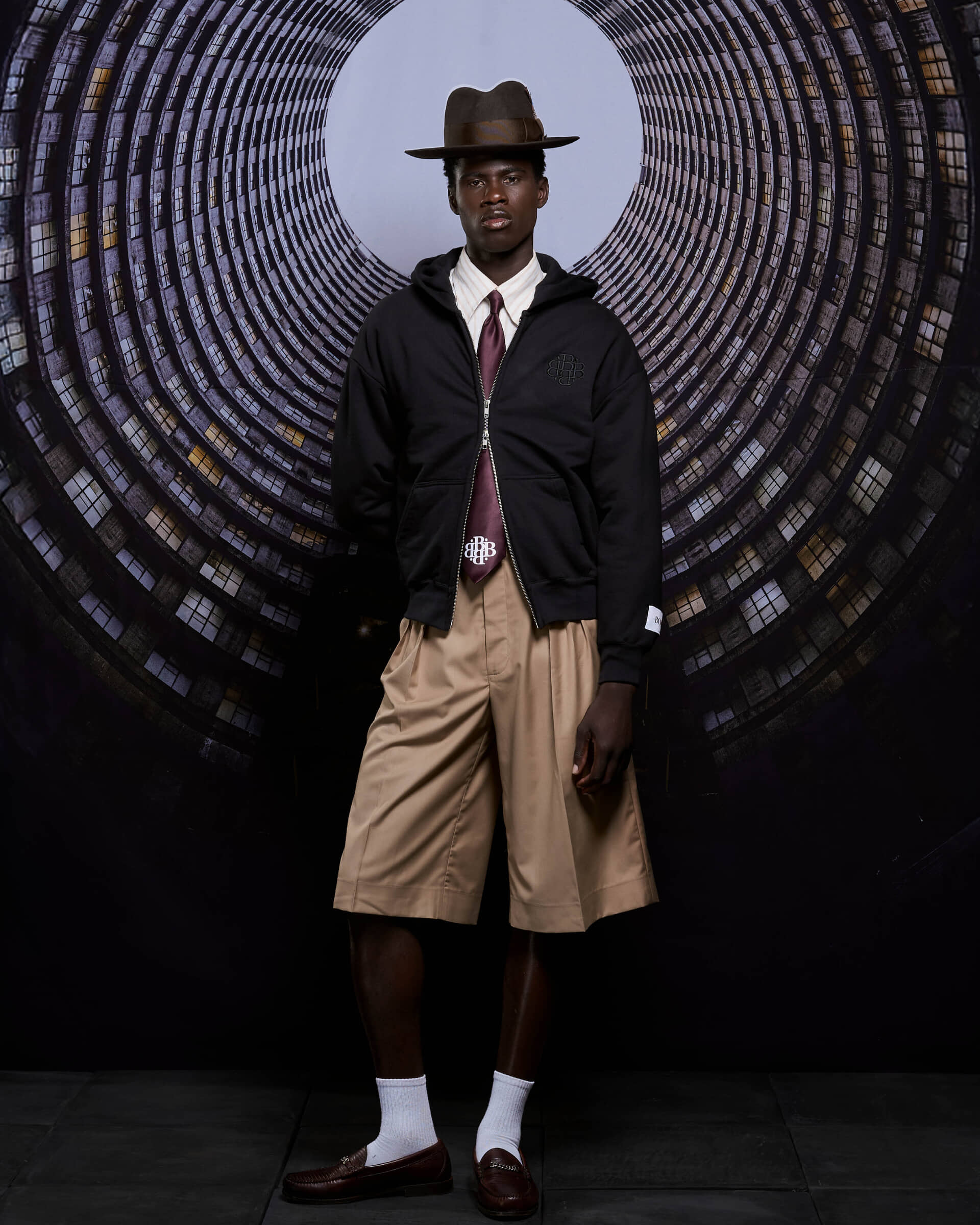
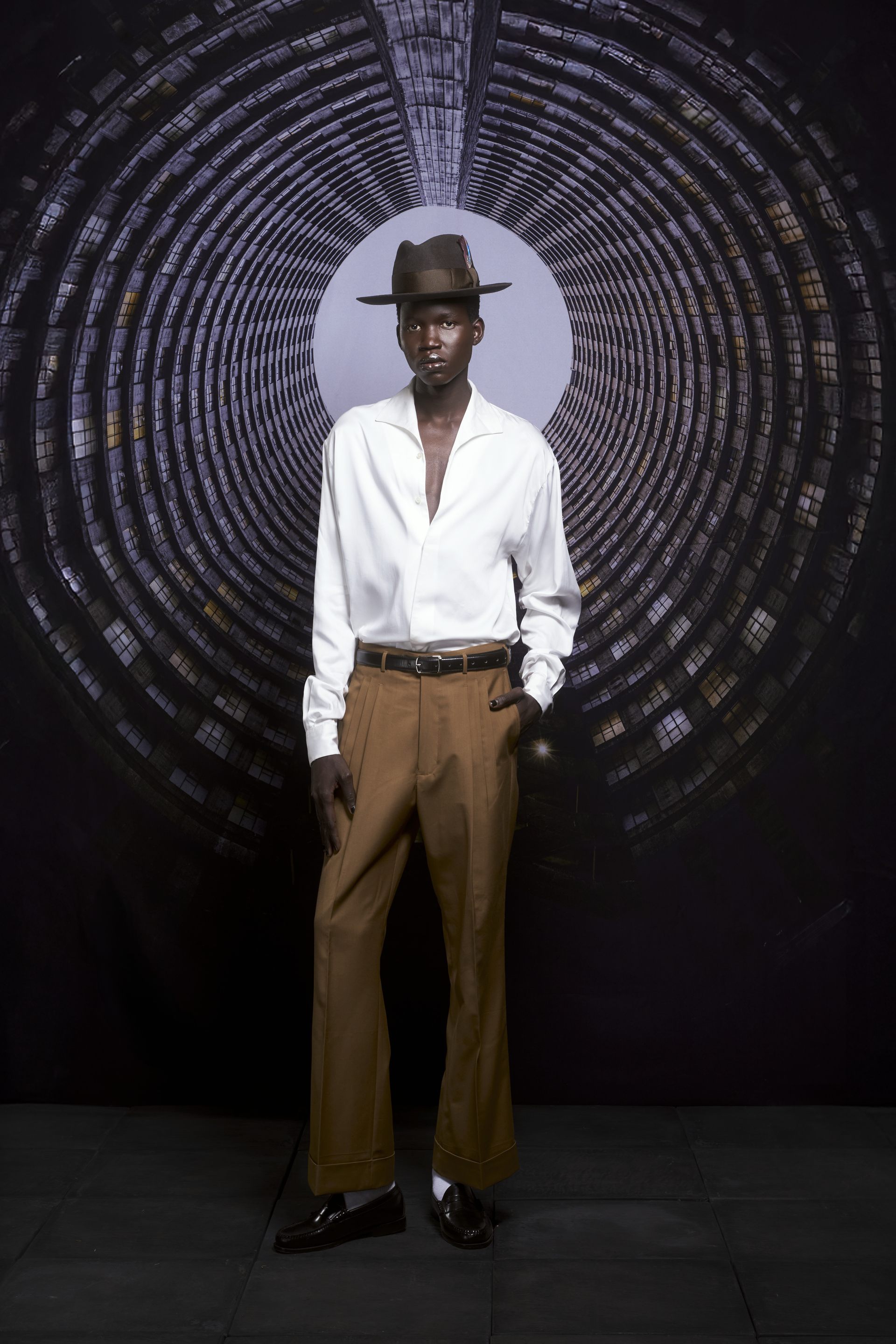
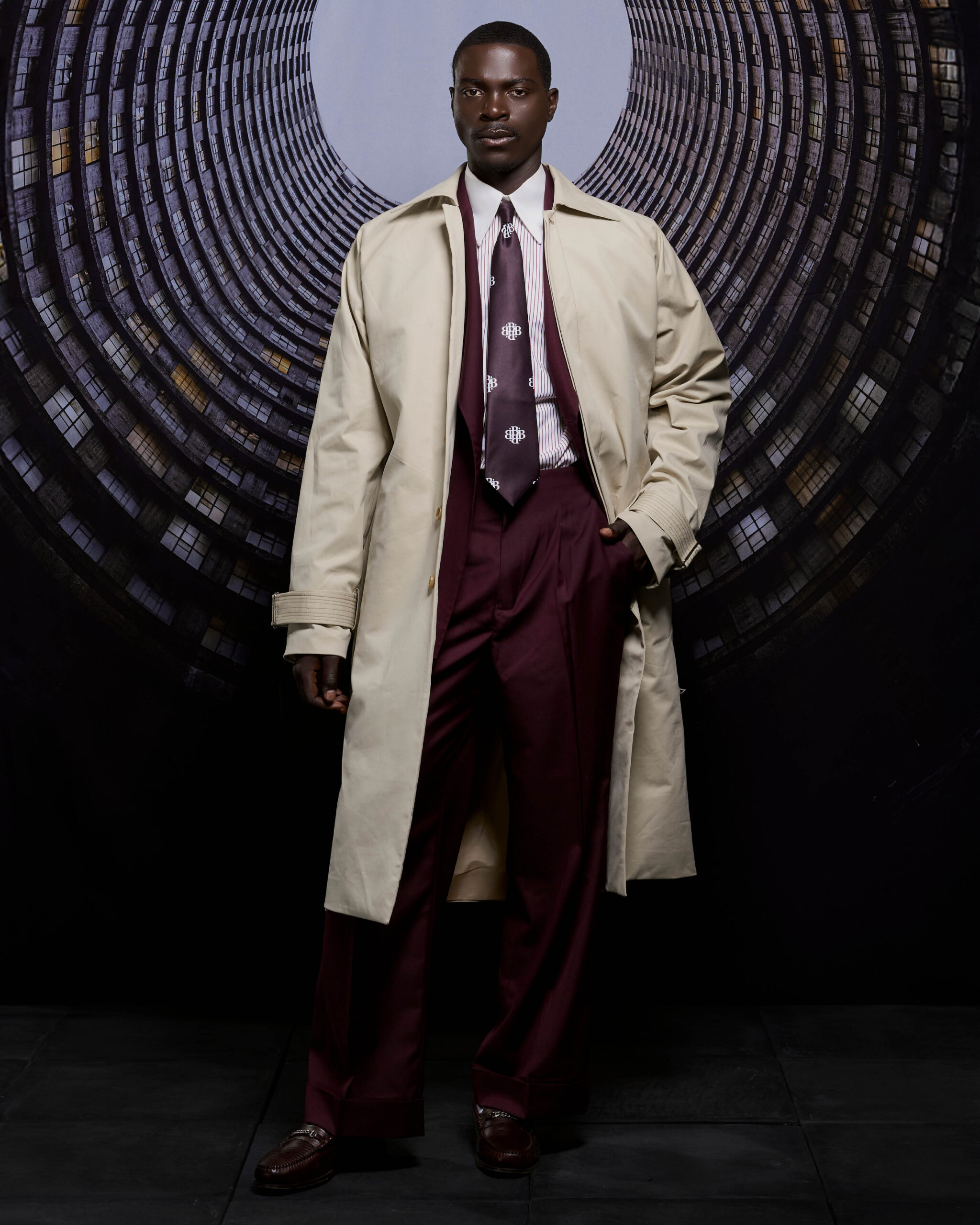
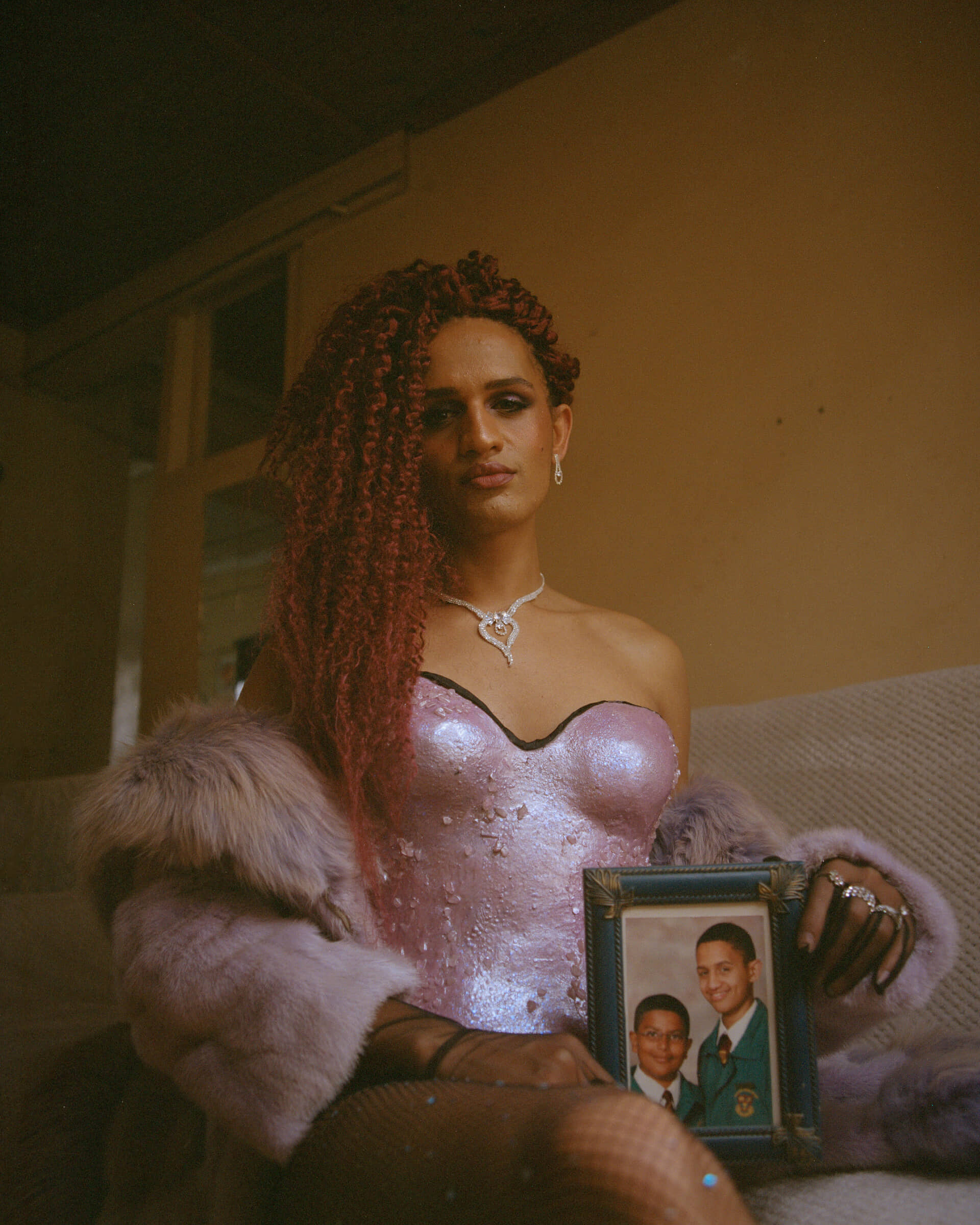
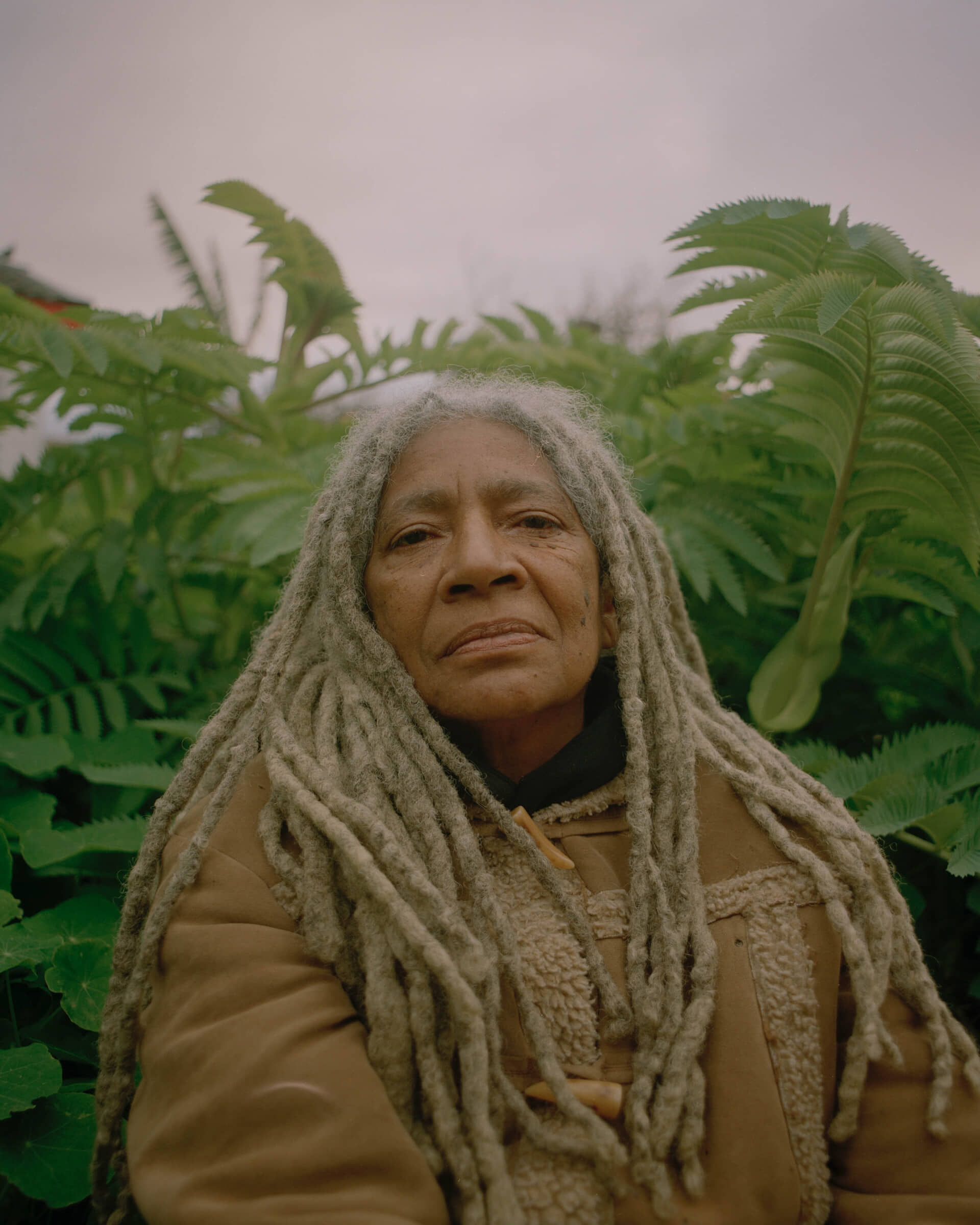
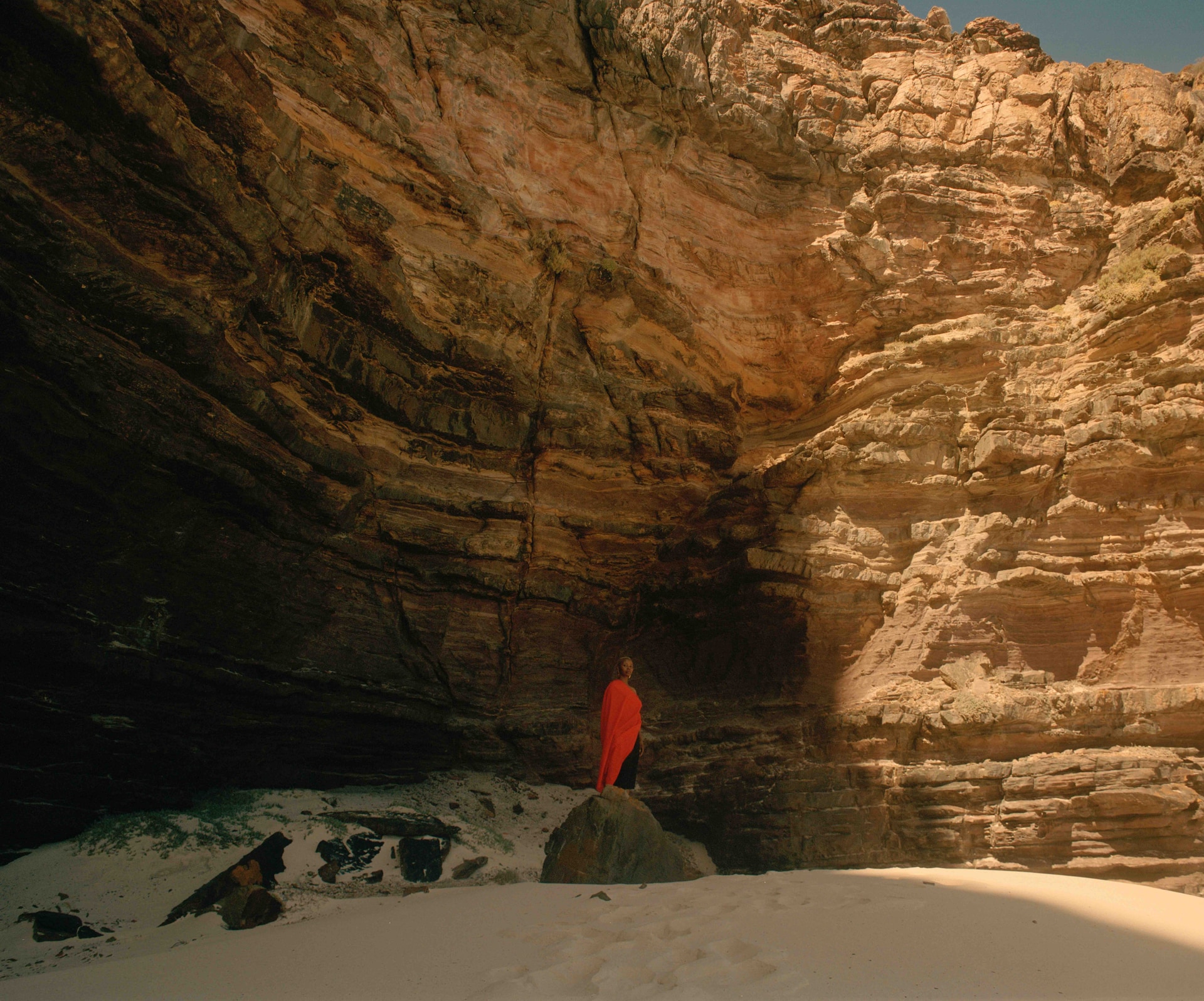
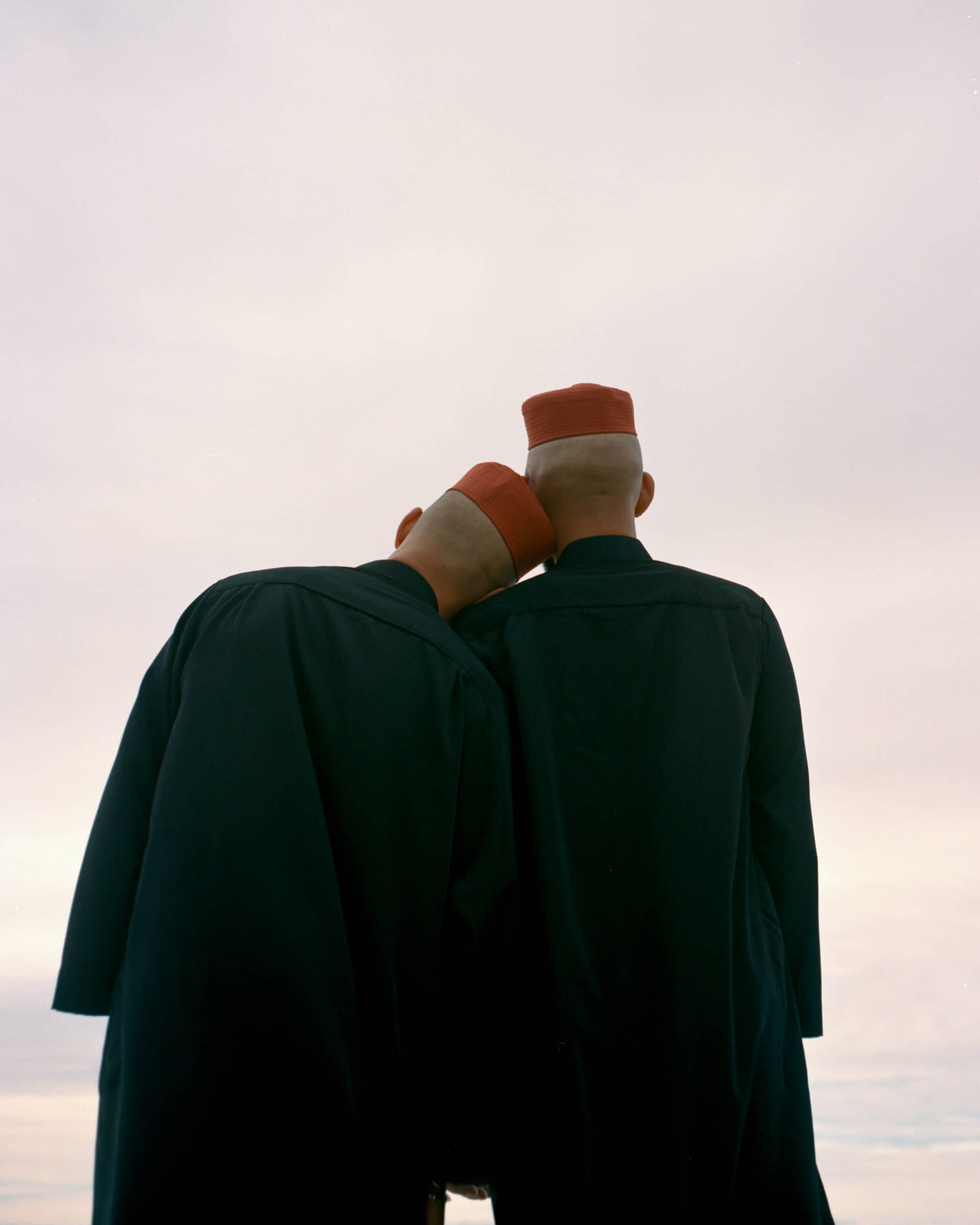

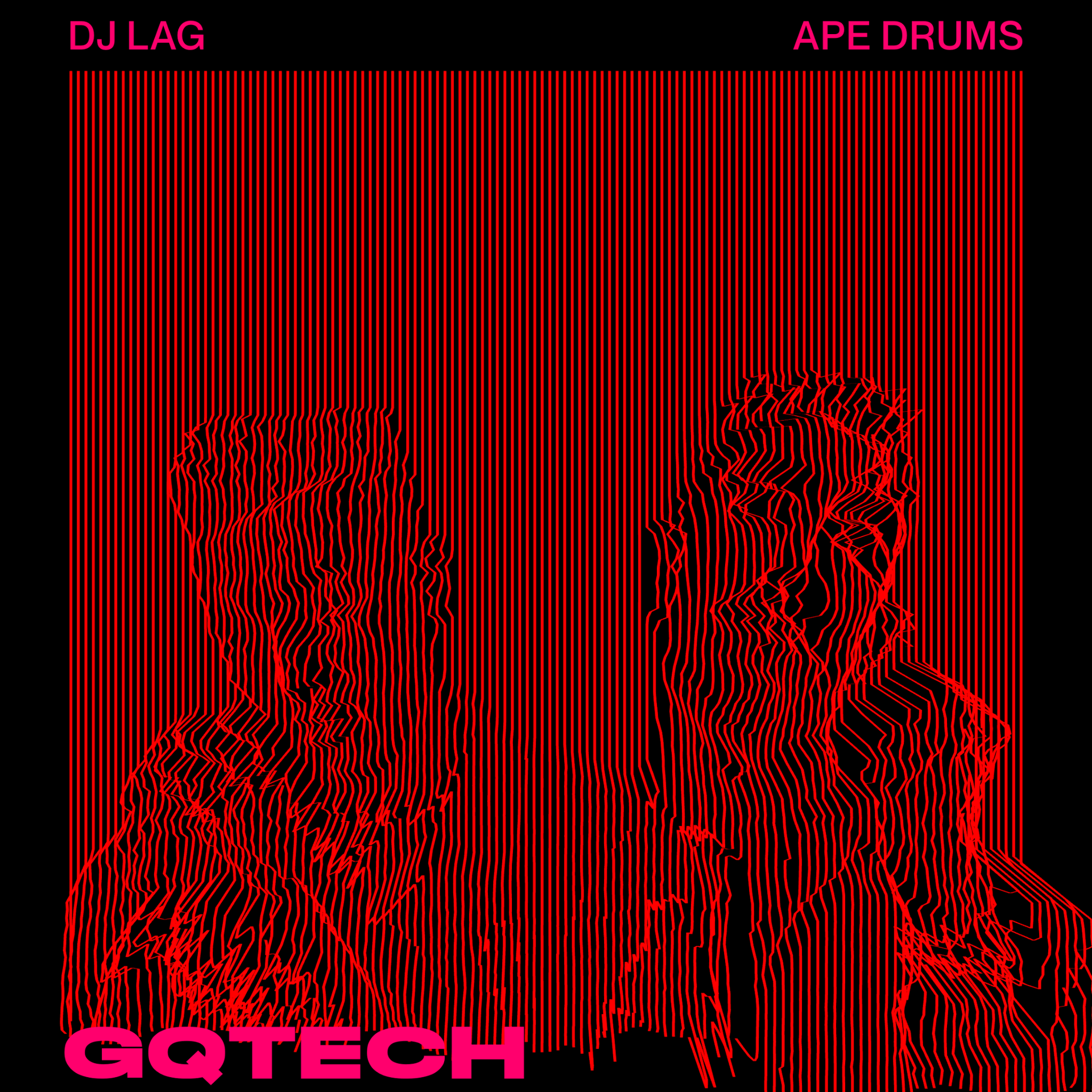

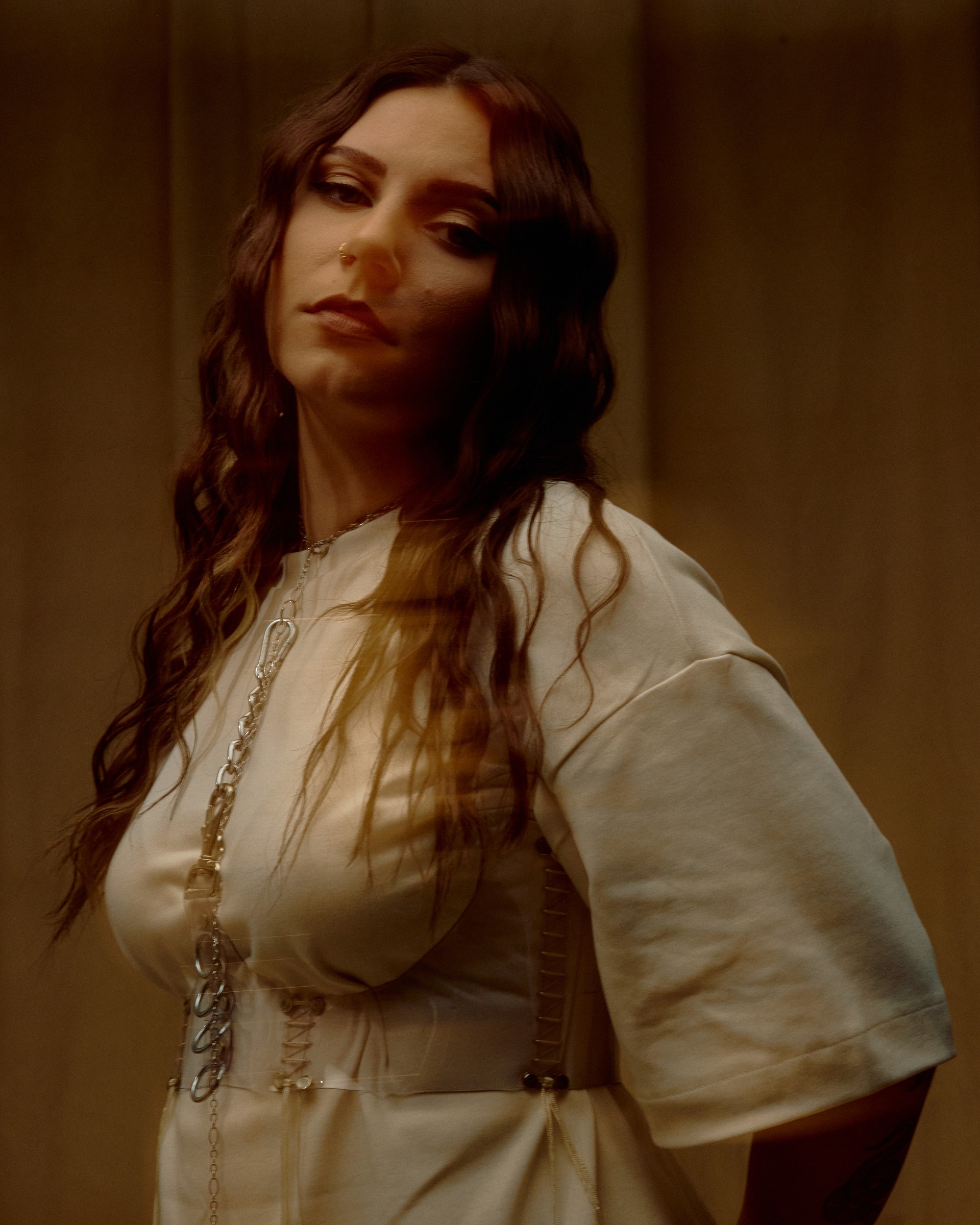

Recent Comments